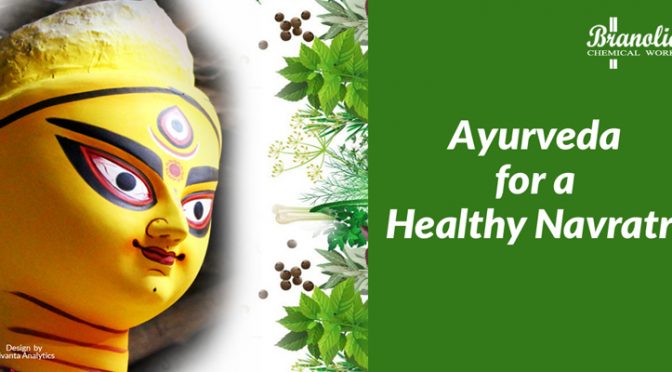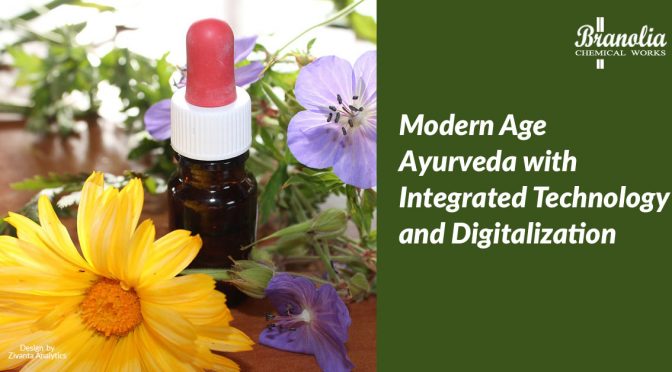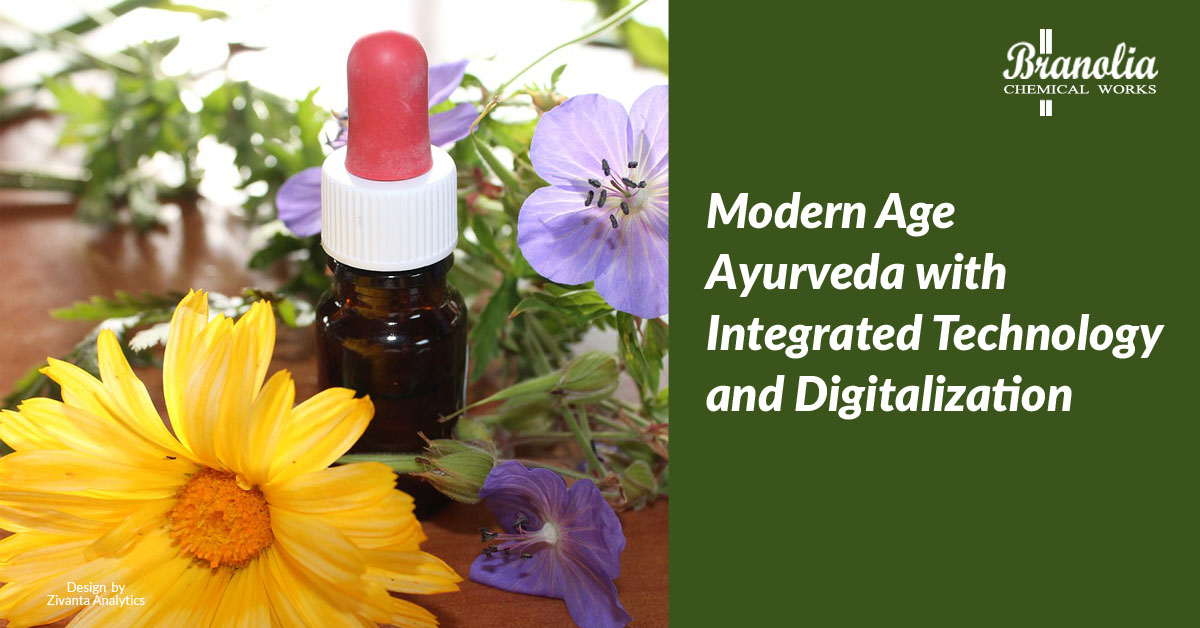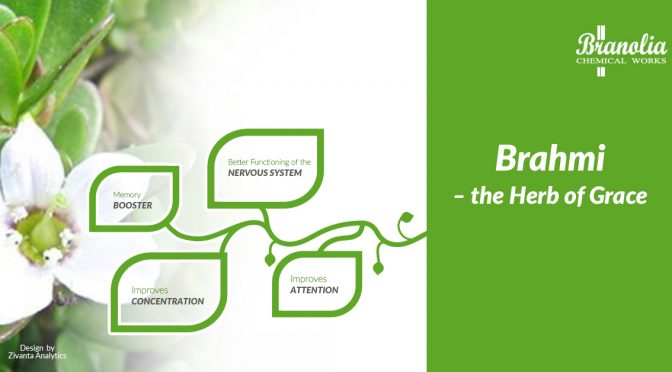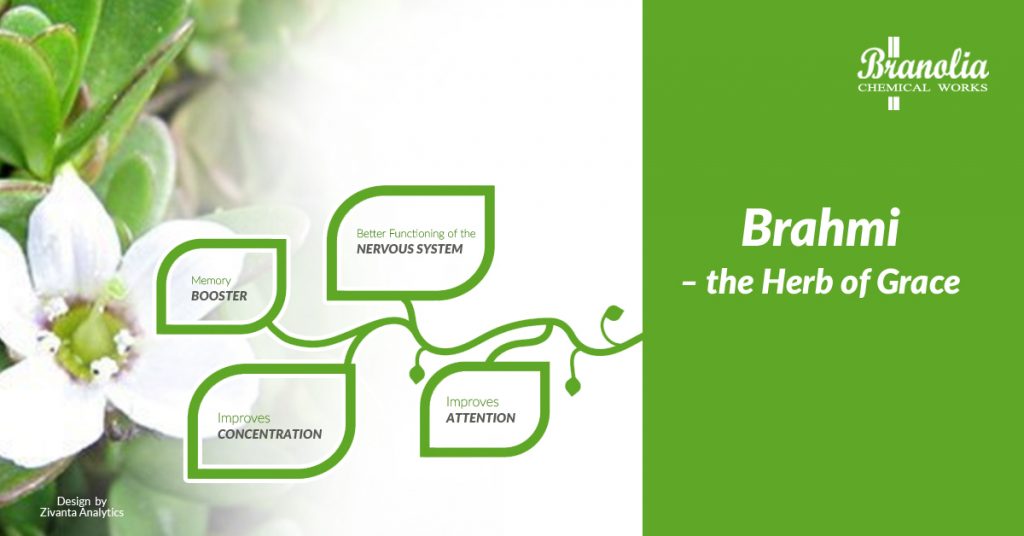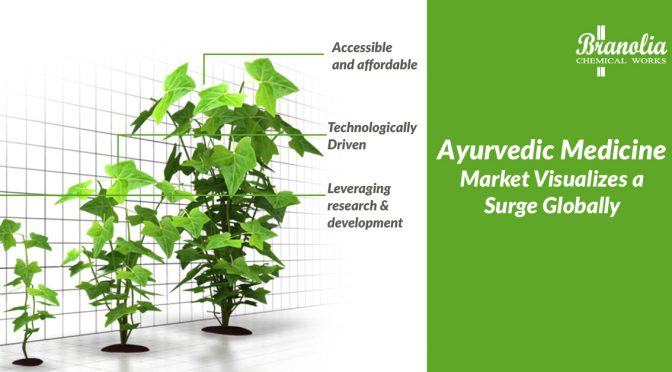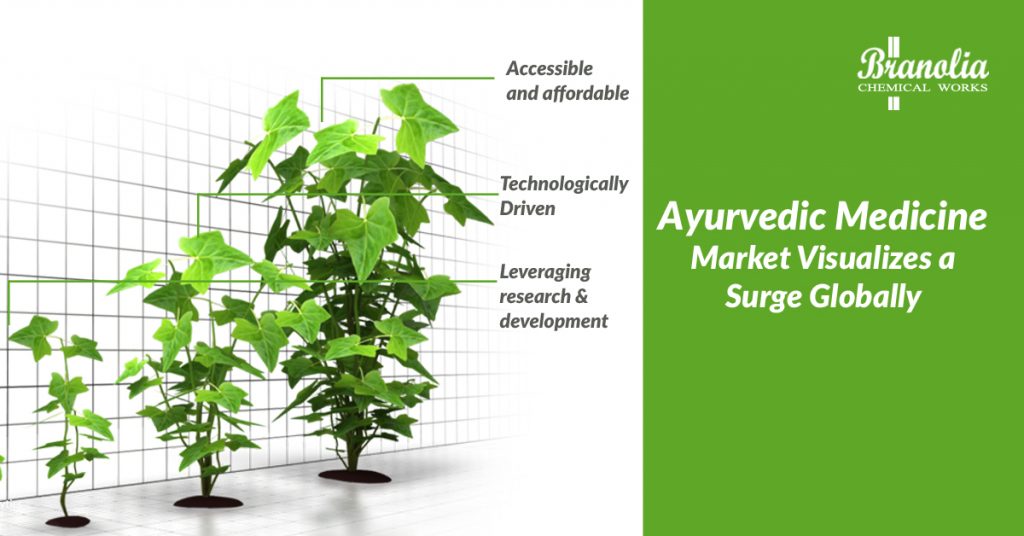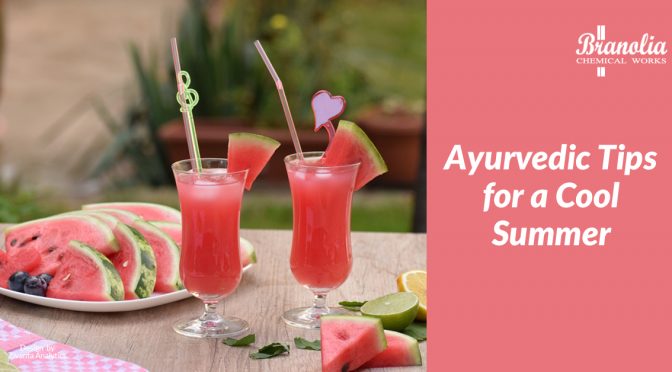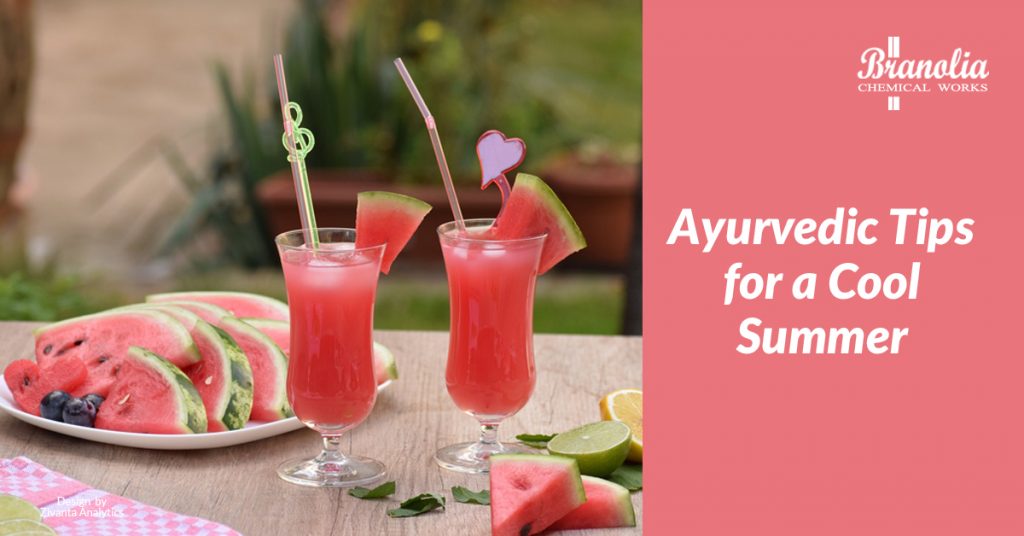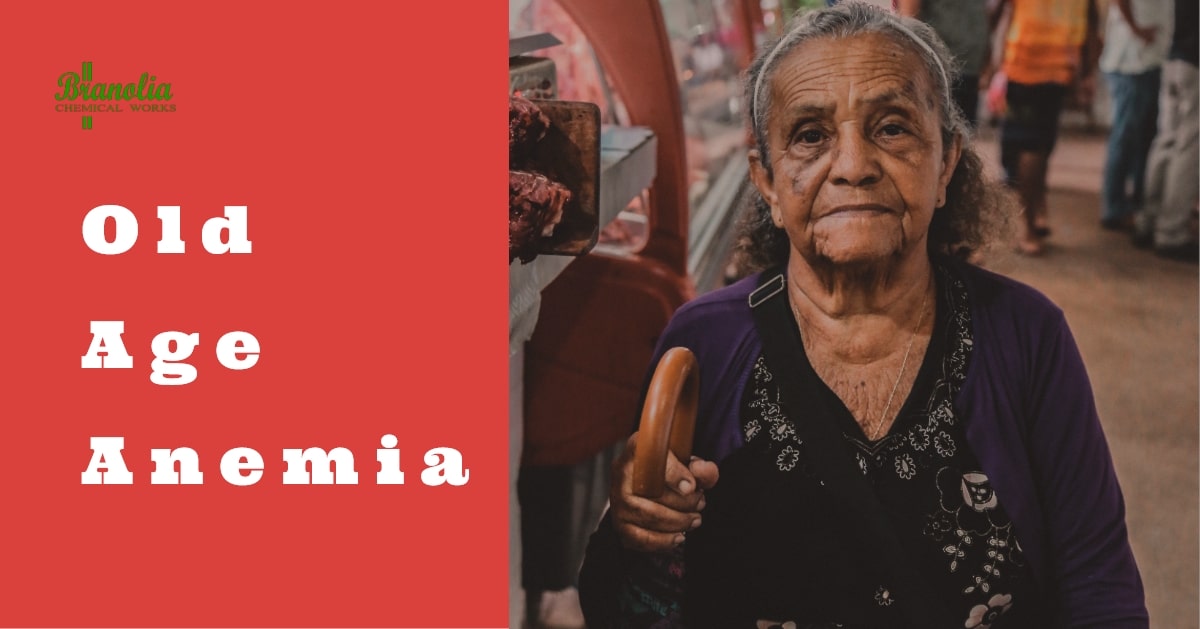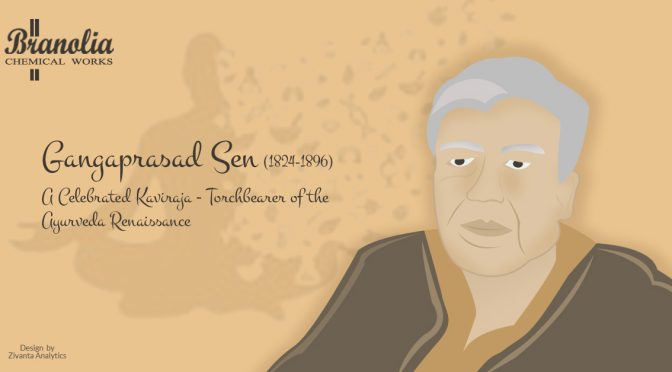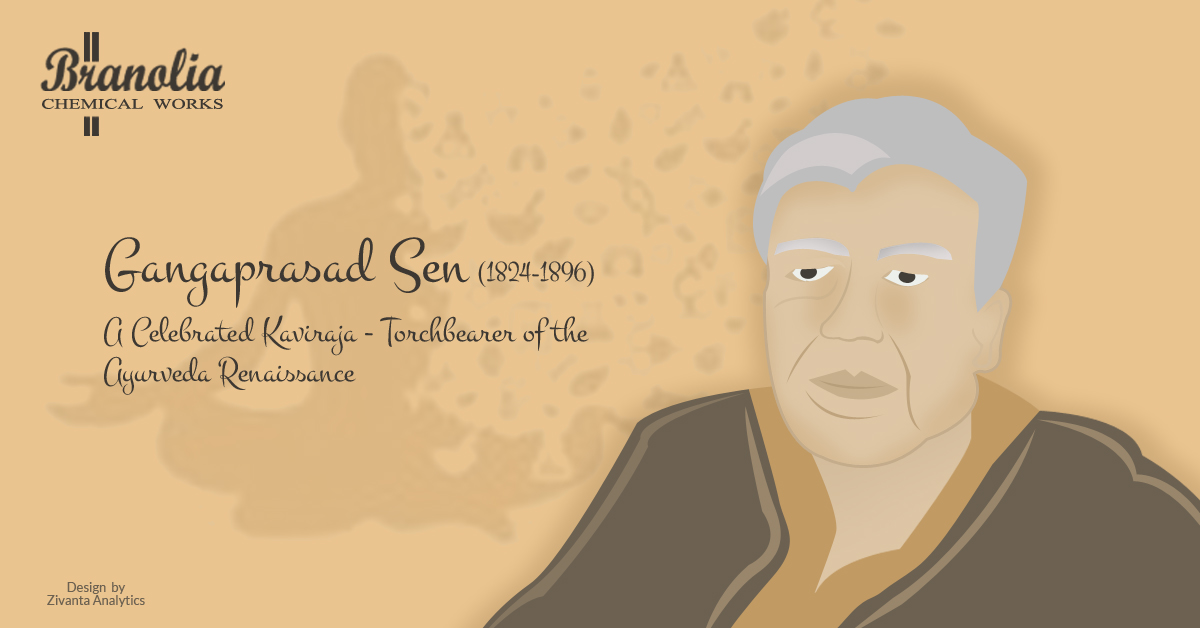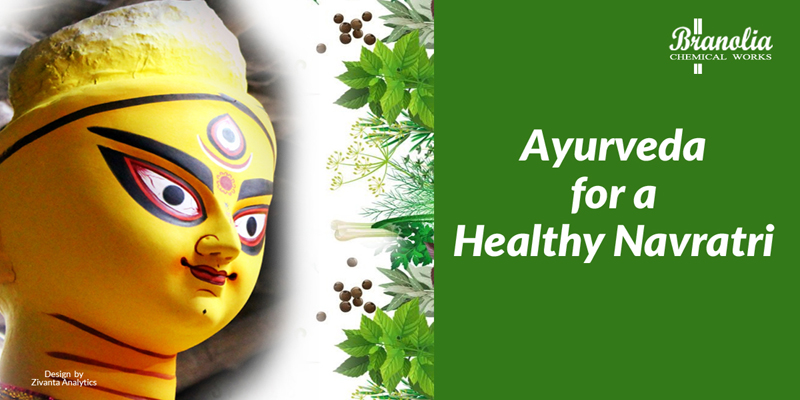
The month of October ushers with it, the splendour and grandeur of seasonal festivals. In this month, people get carried away with the frenzy and frolic surrounding them, enjoying the company of their relatives and peers. One such festival, known for its exuberant ambience is Navratri. Navratri is an auspicious occasion, celebrated over a length of nine days, aimed at invoking the spirit of the deity, Goddess Durga, accompanied with the festive mood and savoring of aromatic delicacies. This auspicious occasion is celebrated during autumn, and it marks the beginning of the season change, the transition period between summer and winter. Amidst all the fun and frolic and open-air programmes, people do not pay much heed to the chilled nip in the air during this time of the month, which becomes their prime reason for falling prey to viral infections and cold flu. Not only that, but the guilty pleasures of gorging on an array of delicacies served during such occasions, after a full day’s fast, make people victims of indigestion and gastric problems. This is where
Ayurveda provides the best solutions for people to cure themselves of the illness and jive their way through the festive season and enjoy themselves to the fullest.
Ayurvedic extracts and concoctions prove to be the simplest and indispensable solutions to viral infections and gut centric problems. Most people, due to their careless attitude, do not take precautionary measures to shield themselves from the sudden Celsius dips, resulting in viral fevers and sore throat. Even allergies are predominant among people during this time.
Bitocough & Branolia’s Honeyguard serve the purpose of curing such ailments. Branolia’s Honeyguard is a tonic composed of Honey, Tulsi, Sunth, Jostimadhu, and Aswagandha. Bitocough comprises ingredients Vasak, Pipul, Tulsi and Jostimadhu.
These ingredients have effective medicinal properties:
- Tulsi: It is necessarily used in tonics for combating bronchial problems. It enhances the immunity of the human body and fights against chronic cough& cold.
- Vasak: It is a renowned broncho-dilator.
- Pipul: It combats allergic cough & irritating throat sensation.
- Aswagandha: It is an effective stimulator of the immune system. It curbs the multiplication of virus.
- Jostimadhu: It is specifically used to combat tonsil inflammation.
- Sunth: It is an herbal remedy (dried ginger) used for treating the common cold.
These ingredients infused in Bitocough and Branolia’s Honeyguard assist in getting rid of all sorts of viral and bronchial infections.
On the other hand, Bellytone and Livonia, the two well-known products of Branolia Chemicals, resolve the issues related to the stomach, which occur due to indulgence in gluten-based foods, rich and spicy platters and in disciplined dietary habits, during festive seasons. Bellytone, having Sonapata, Haritaki, Ajowan & Teori as its primary constituents, assist in the smooth functioning of the bowels, relieving constipation. Livonia, on the other hand, is another product of Branolia Chemicals that regulates digestion and specifically, monitors the functioning of the liver. It is an amalgamation of Kalmegh and Triphala.
The medicinal properties of the constituents infused in Branolia Chemical’s two tonics, Bellytone & Livonia are such:
- Sonapata: It is identified as a purgative.
- Ajowan: It catalyzes the digestion.
- Teori: It expels gas from the gastrointestinal tract, thereby, controlling flatulence.
- Kalmegh: It is an effective balancing agent and monitors the proper functioning of the liver.
- Triphala: A combination of three fruits, Amlaki, Haritaki, and Bahira, aimed at regulating the digestive system due to its detoxifying properties.
Ayurveda indeed acts as a massive storehouse of authentic herbal concoctions which especially, come handy during the festive season and its specific herbal combinations assure people of a blissful and harmonious life, not only during the festive season but all round the year.

